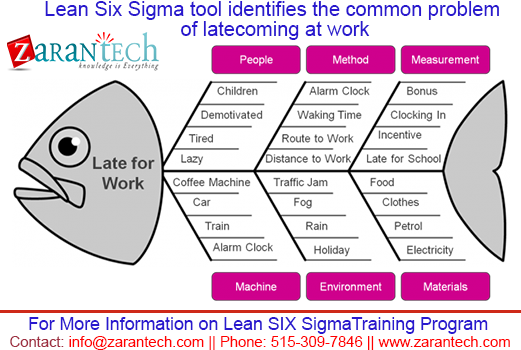Zaran Tech – What is Business Analysis and its Sub-disciplines
Category: General Posted:Apr 05, 2012 By: Ashley MorrisonBusiness analysis is the discipline of identifying business needs and determining solutions to business problems. Solutions often include a systems development component, but may also consist of process improvement, organizational change or strategic planning and policy development. The person who carries out this task is called a business analyst or BA.
Those BAs who work solely on developing software systems may be called IT Business Analysts, Technical Business Analysts, Online Business Analysts or Systems Analysts.
BUSINESS ANALYSIS SUB-DISCIPLINES
Business analysis as a discipline has a heavy overlap with requirements analysis sometimes also called requirements engineering, but focuses on identifying the changes to an organization that are required for it to achieve strategic goals. These changes include changes to strategies, structures, policies, processes, and information systems.
Examples of business analysis include:
Enterprise analysis or company analysis
focuses on understanding the needs of the business as a whole, its strategic direction, and identifying initiatives that will allow a business to meet those strategic goals.
Requirements planning and management
involves planning the requirements development process, determining which requirements are the highest priority for implementation, and managing change.
Requirements elicitation
describes techniques for collecting requirements from stakeholders in a project.
Requirements analysis
describes how to develop and specify requirements in enough detail to allow them to be successfully implemented by a project team.
Requirements communication
describes techniques for ensuring that stakeholders have a shared understanding of the requirements and how they will be implemented.
Solution assessment and validation
describes how the business analyst can verify the correctness of a proposed solution, how to support the implementation of a solution, and how to assess possible shortcomings in the implementation.




 99999999 (Toll Free)
99999999 (Toll Free)  +91 9999999
+91 9999999